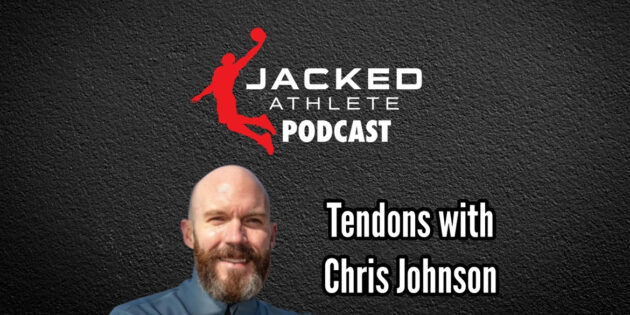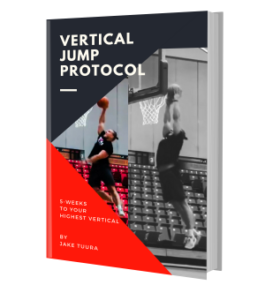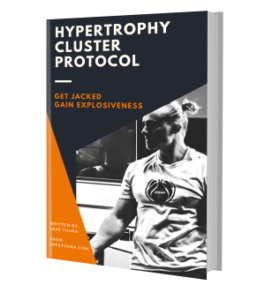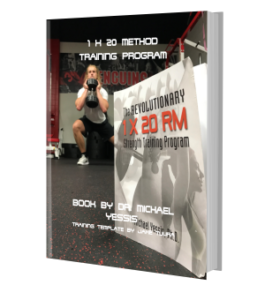https://podcasts.apple.com/us/podcast/jacked-athlete-podcast/id1462537296?i=1000702465188
“I deal with a lot of Endurance athletes who never want to basically back off training and who end up dealing with a lot of lower limb tendinopathy and bone stress injuries so that’s what keeps me busy.”
“I think in the rehab space, people love all of their ancillary toys and tricks… I always try to be very respectful of people’s time. I don’t want to give them more shit that they have to worry about. I want to say, here are the levers that I think that we should pull that are going to have an impact on your situation. Let’s start with these. And if we want to add to it, if we need to add to it, we can do that. But let’s just start getting some loading. we’re talking, sticking with the theme of tendons, let’s just get some load going through that tendon.”
“If I’m working with someone with lower limb tendinopathy, I generally think, okay, what are the guard rails that we need to put on this individual, which is education.”
“Load the damn tissue with the issue, put it in the crosshairs, make sure it has no place to hide because our nervous systems and our bodies, we’re masterful working around this stuff. So this is a beauty of something like a simple single leg calf raise, doing something like an isolated knee extension, isometric or isotonic. And I think that we’re probably in echo chambers. I don’t think that’s common practice to the extent we wish it was.”
“Let’s just put these guardrails on you short term, get things calmed down, get some focal loading going through that tendon, calling your body to adapt, and then let’s reassess things and let’s try to keep you running.”
“There’s no place for the calf and Achilles tendon to hide with running versus like the proximal hamstring, which it’s much easier to hide that region with distance runners.”
“With the tendinopathy rehab, it’s like less is more. This is so much a game of addition by subtraction.”
“We’ve dealt with lot of tendon issues ourselves as athletes. And that just gives you a sixth sense, like what works, what doesn’t, how to bail yourself out of these situations.”
Post patellar graft: “When you’re six months removed, if people were running into issues, it was less of a central issue. It was more that that person had quad weakness.”
“In the rehab world, under loading is pervasive. I think people are very gun-shy.”
“I think with patellofemoral pain, what we’ve learned through the literature is you can load the knee and people do well. You can load the hip and people do well. You can load the hip and knee and people do well. It’s just always figuring out how irritable that person is. And then what’s the entry point to loading and then just make sure it’s progressive.”
Distal patellar tendon pain: “If someone’s over striding, I do think to pull that lever.”
Reactive tendons: “When you catch these early and you calm things down, people can plug back in pretty quick.”
Pain with training: “It’s not just like throw caution to the wind and go Goggins on it. It’s like let’s get the dosage right because we’re trying to disturb the system but we don’t want to disturb it too much.”
“Holding is healing.”
Isometrics: “I wonder if the people who respond from a pain amelioration standpoint are perhaps folks that are dealing with increased intra tendinous pressure and maybe we’re ringing like a towel like we’re ringing out that tendon and it’s decreasing the intra tendinous pressure and that may be partially explaining why they’re having a favorable response from pain.”
“I’m a big proponent that you don’t want to shut someone down. The only time I’m shutting a runner down is if they have a bone stress injury, especially a high risk one. I’m just like, that’s a different beast. You can’t screw around with those. So if someone is tolerant of running and their pain levels are low level and stable and they’re not running with altered mechanics, I keep them training.”
“Running is just like driving a car. There are on ramps and off ramps to the highway… I always ritualize that walking warm-up and cool down and I tell the athletes like if you start cheating this I’m out because I’ve seen this go south and I think that’s really helpful.”
“I don’t let people generally run much over two hours, especially the elite level runners because it’s just they get zapped from a recovery standpoint. Most of their runs I say you have an hour to run, know, whether you know, and that’s excluding the walking warm up and cool down.”
Website: https://chrisjohnsonpt.com
Instagram: https://www.instagram.com/chrisjohnsonthept/?hl=en



